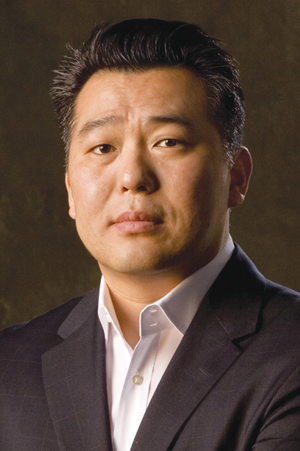Lawyers anticipate more cross-border co-operation in the future following a recent court decision that could facilitate the involvement of U.S. firms in Canadian class actions.

The issue of U.S. firm involvement in cases on this side of the border arose in a recent Ontario Superior Court judgment dealing with a carriage dispute between Siskinds LLP and Kim Orr Barristers in a class action against Canadian metals company Timminco Ltd.
Both firms had brought proposed class actions against the company earlier this year on behalf of investors advancing claims for negligence and negligent misrepresentation after the company’s share price tumbled. The firms subsequently brought carriage motions for orders staying the other firm’s class action.
Ontario Superior Court documents show that Kim Orr, which has a relationship with U.S.-based Milberg LLP, submitted that it would be “in the best interests of the class members to grant it carriage of the class action” as a result of factors such as its association with the U.S. law firm.
Ultimately, in what Justice Paul Perell called “a very difficult decision and a very close call,” carriage of the case went to Kim Orr.
Although the question of Milberg’s involvement was a “neutral or sterile factor” in this motion, lawyers note that the decision has established some parameters for the participation of U.S. firms on the plaintiff side of class actions in Canada.
In his judgment, Perell said the significance is not that an American law firm would be involved in an Ontario class action but rather how it would do so.
He noted that “there is nothing inherently wrong with Ontario class counsel who are acting for plaintiffs in obtaining services from foreign law firms so long as there is no interference with or usurpation of the lawyer and client relationship between the Ontario lawyer of record and his or her clients.”
The judge says that in his opinion, it would be grounds for disqualification of an Ontario law firm if it entered into an arrangement where any foreign law firm assumed the role of the lawyer of record for the representative plaintiff unless they had permission to practise law in Ontario.
In this case, according to court documents, Milberg would only be providing Kim Orr with investigative services, assistance with document management, and strategic advice based on the firm’s expertise in “comparable American class actions.”
Dimitri Lascaris, the Siskinds partner on the Timminco file, says he’s not aware of any other decisions where a carriage motion was decided in part over questions about a U.S. law firm’s assistance to a Canadian counterpart.
“I think it will facilitate the involvement of U.S. law firms in Canadian class action litigation. I think it’s also established some valuable parameters for helping Canadian class counsel determine how to structure the relationship with the U.S. law firm in a way that will be palatable to a Canadian court,” says Lascaris.
“I think that this is really part of a larger trend of the internationalization of class action litigation,” he notes, adding some U.S. securities class action firms have already successfully branched out into European jurisdictions.
Involving U.S. firms allows Canadian lawyers with limited resources to level the playing field with the defence. “The defendants typically have vastly greater resources than the plaintiffs do,” Lascaris says.
Won Kim, the Kim Orr partner in charge of the Timminco file, tells Law Times that U.S. defence firms are here actively defending cases and instructing their Canadian counterparts. American lawyers have more resources and can provide tactical advice as needed, he says.
“The reality is these cases are massive and they’re going to require expertise in different areas. What American firms do is they support the big Canadian firms doing these actions.
They’re not there to be instructing principals or they’re not there to run their cases but what they do is they correct the balance of power between the big defence firms and they bring a level of expertise and resources which more than recalibrates the playing field.”
“I think you’ll see more co-operation, especially on cross-border cases,” Kim adds, noting Milberg has already been active on other major files here.
“In the context of a carriage fight, the light shone on their role more brightly, but Milberg’s been active in Canada before and will be again.”
However, in this particular case, Kim says the involvement of a U.S. firm was a non-event since it wasn’t an instance of a weaker firm being “topped up” by an American counterpart.
As a result, he argues the case “emphasizes how strong the Canadian lawyers are. We don’t need American lawyers holding our hand. They’re there to support us as needed, not the other way around.”
Lascaris, meanwhile, says his firm has instructions from the client not to pursue an appeal of the carriage decision.

 The issue of U.S. firm involvement in cases on this side of the border arose in a recent Ontario Superior Court judgment dealing with a carriage dispute between Siskinds LLP and Kim Orr Barristers in a class action against Canadian metals company Timminco Ltd.
The issue of U.S. firm involvement in cases on this side of the border arose in a recent Ontario Superior Court judgment dealing with a carriage dispute between Siskinds LLP and Kim Orr Barristers in a class action against Canadian metals company Timminco Ltd.